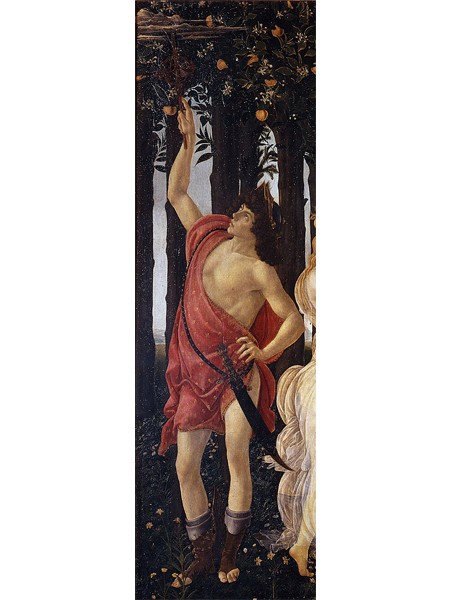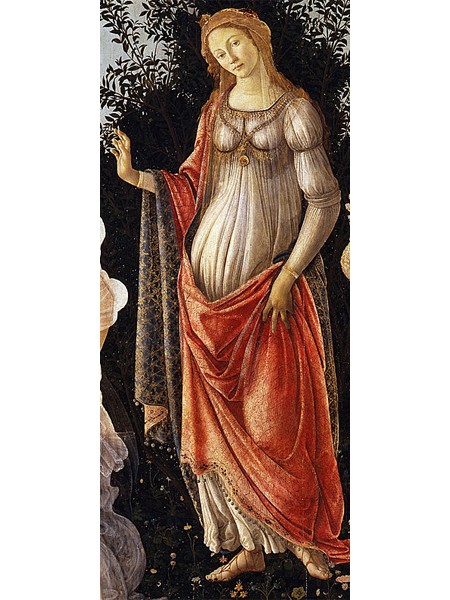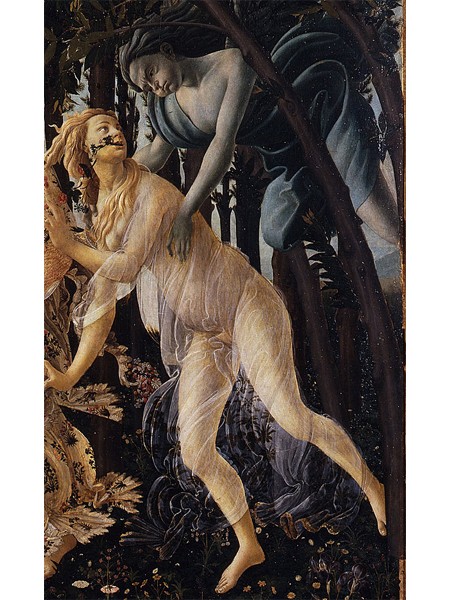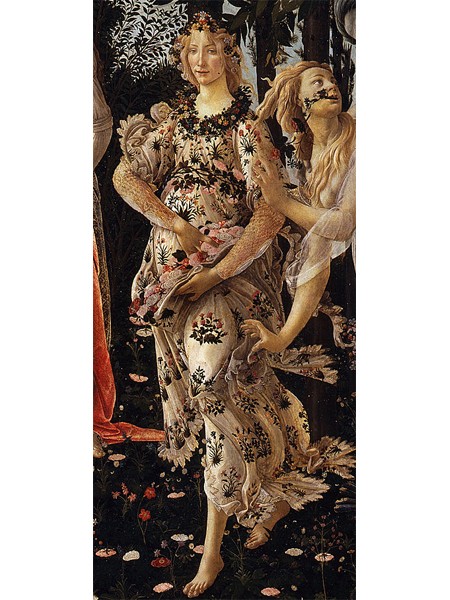The Hidden Message in Botticelli's Primavera
Here are some things you may not know about this beautiful work of Art...

The original title of Sandro Bottecelli’s ‘Primavera’ is unknown and the painting was not referred to by the name it now carries until over 50 years after it was painted.

The title ‘Primavera’ certainly suits the work as it has a feeling of springtime and many of the elements allude to spring but its main theme is love and marriage as it was painted to adorn the bedroom of a Medici bride. Spring can be seen in the flowers and fruits and in the depiction of Mercury, on the left side of the painting, who is separating the clouds to let spring break through the winter sky. But the other figures have stories of love to tell.

Venus is the central character. She is the goddess of love and beauty and the protector of the institution of marriage and the myrtle that surrounds her represents sexual desire within marriage and child-bearing.

The Three graces to the left of her re-iterate this theme as they portray the female virtues of chastity, beauty and love and the abundance of fruit in the trees symbolizes the gift of fertility that Venus brings.

To the right, the scene represents the notion of morality – acceptable to its 15th century audience. The story depicted is that of Zephyr, the Wind God, who rapes a young girl named Chloris. Full of remorse, he marries her and turns her into Flora, the goddess of flowers. Here Chloris is shown beginning to transform into Flora, with flowers coming out of her mouth…

and fully transformed in her floral robe moving from the dark, fruitless area of the painting into the protection and influence of Venus. The message being that only sexual desire within marriage will bless the couple with good fortune and children.

As a further warning, Cupid lingers at the top of the painting awaiting his opportunity to tear the couple apart with his own lack of morality.

Botticelli was revolutionary in painting such a large scale work depicting characters from mythology with no religious subject. This and its companion piece – the Birth of Venus – were lucky to survive the 1497 bonfire of the vanities instigated by the Dominican Priest, Savonarola, that sought to destroy all items, especially Art, that were seen as a temptation to sin.
